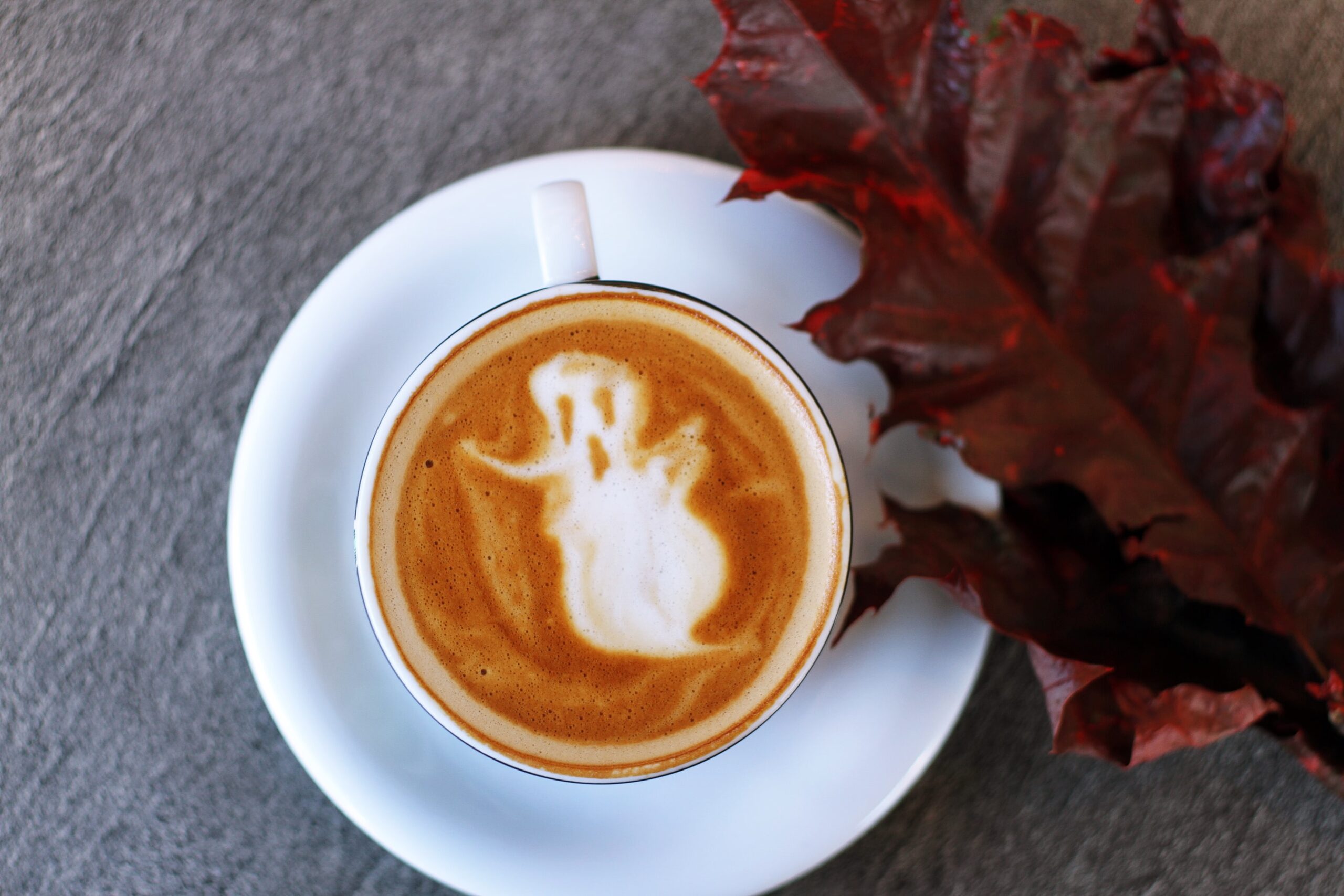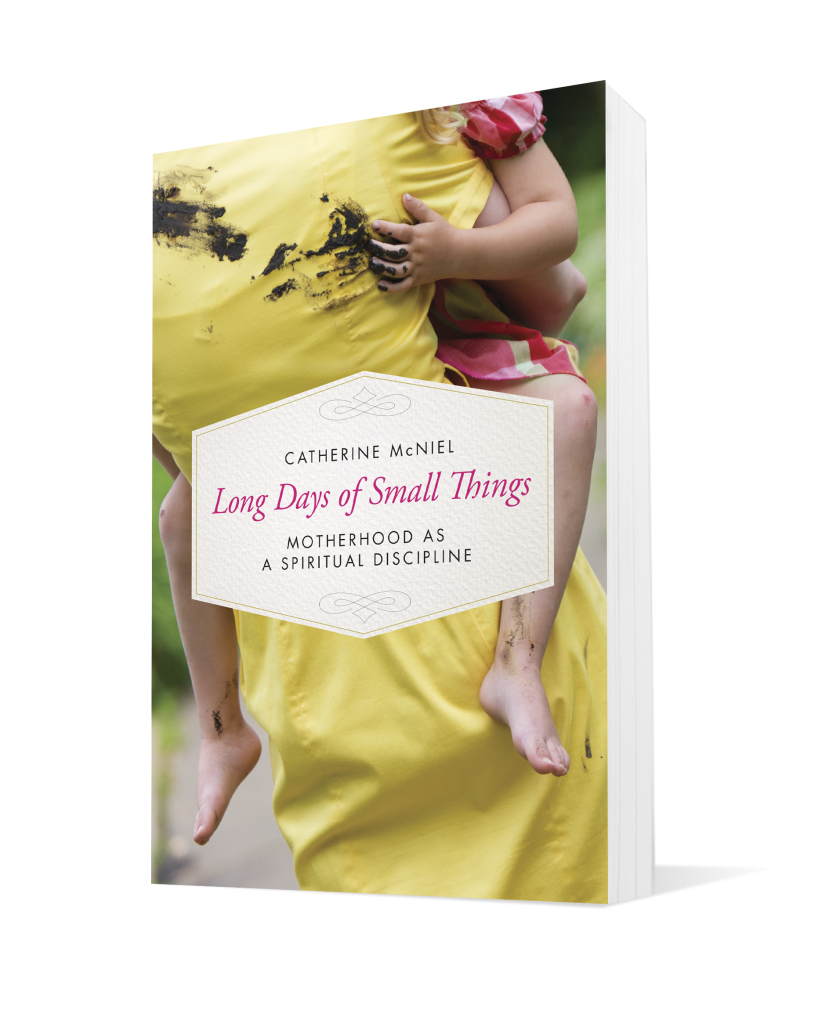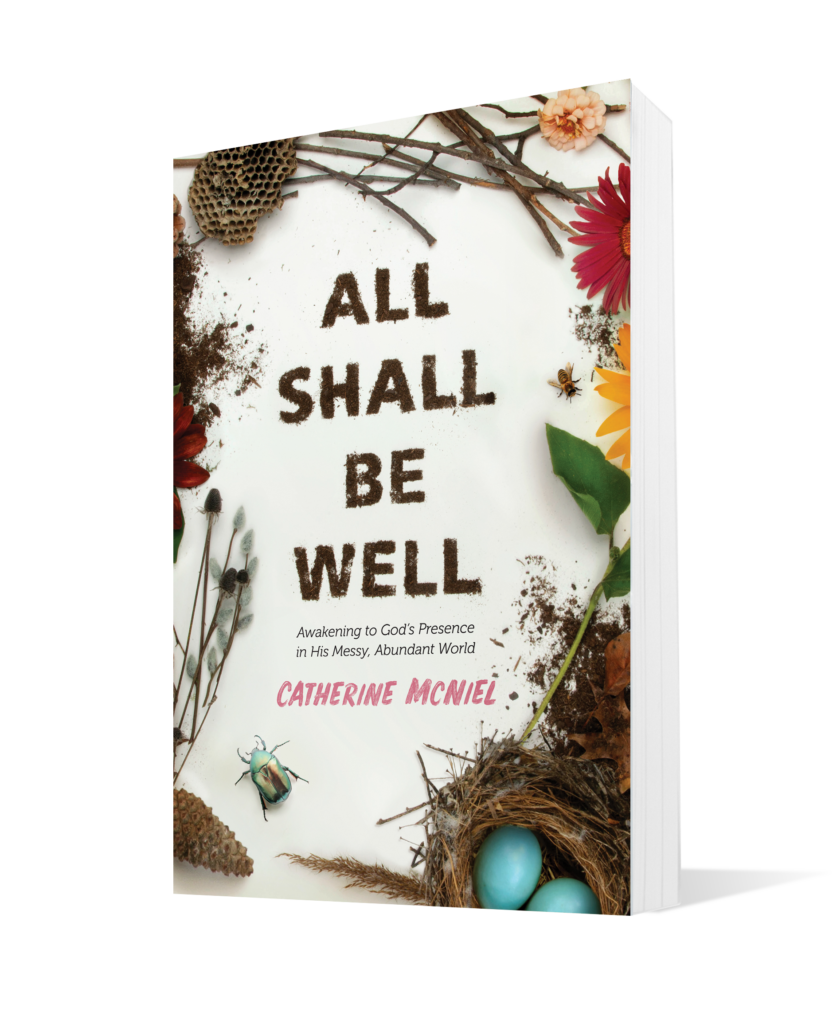This article by Catherine McNiel was originally published on Awana.org.
If you step into Walgreens or Target in October, one thing becomes crystal clear: we are about to be swept away in a storm of holiday decorations and candy. From Halloween to Christmas, and everything in between, it can all be a bit overwhelming. What do we really honor and celebrate? Are these truly “holy days” (as the word “holiday” suggests) or pure materialism?
Most of the holidays we celebrate today—including Halloween, Christmas, and Easter—have complicated pasts, rooted in ancient times. Take Christmas for example. Long before Jesus was born, the ancient (northern) world celebrated the coming of light into darkness at the winter solstice: December 21st. When Christians made a “holy day” commemorating the birth of Jesus—the true Light coming into the world—this pre-existing holiday season was the perfect time for the “Christ-Mass.” (Spoiler alert: Jesus wasn’t actually born in December).
Easter carries a similar history. The word “Easter” comes from the name of a pagan earth goddess who was celebrated in early spring when the dead world sprang into new life. This time, the early Christians had both historical dates and long-standing tradition on their side: Jesus was indeed crucified and raised from death during the springtime, ushering Creation to new life alongside the lambs and tulips. (Nicely played, God!)
Halloween is no different. Agricultural societies throughout the ancient world observed the sun “dying,” the short, chilly days, the long, dark nights, the withering plants and leafless trees. The season of fall palpably reflected death and dying, and nearly all cultures commemorated this important season by memorializing death, speculating on the afterlife, remembering and honoring beloved family members who had gone before.
Fast forward to the Christian era. When the church instituted a festival honoring the saints and martyrs, they naturally scheduled it during the season that honored the dead: All Saints’ Day, November 1. The night before (October 31) was called “All Hallows’ Eve” … now nicknamed “Halloween.”
Whatever your family (or church family) decides, here are five ways to keep the “holy” in “Halloween”.
Tweet
Today, few of us celebrate All Saints’ Day like we do Easter and Christmas, but the entire USA gets excited about “deathly” decorations, trick-or-treating, and running around in costume on “All Hallows’ Eve.”
Most of the princesses and Jedi that roam my streets looking for candy in late October have very little awareness of the Christian festival of the saints. There’s plenty to love about the celebration (adorable children in costume, meeting new neighbors, and Fun-Size Snickers) but plenty to hold at arm’s length (terrifyingly gruesome decorations for one).
Between zombies in October, Santa Claus in December, and the Easter Bunny in spring, our modern holidays involve an incredible amount of marketing and candy—but are they secular or sacred? How do we sort out what to take and what to leave?
In the complicated case of Halloween, some churches and families scrap the whole thing, possibly holding a “fall fest” some other night. Others embrace trick-or-treating wholeheartedly, dressing up, going around the neighborhood, and placing larger-than-life spider webs around the house. Still others look for third options like Trunk or Treat—where churches invite kids to collect candy in the controlled environment of the church parking lot.
Whatever your family (or church family) decides, here are five ways to keep the ‘holy’ in ‘Halloween:’
1. Love Your Neighbor
Running around the neighborhood dressed like a zombie might be far from the original intent of All Saints’ Day, but this isn’t a salvation-level issue. You might be hurt that your friends won’t ring your doorbell for Nerds and Twizzlers, but you don’t know how this holiday might trigger them. Reasonable families or churches may choose differently, and that’s okay. Listen to what your friend loves about their own tradition and use this holiday to learn about them—and love them.
2. Be Thoughtful
Whether you’re giving out candy at your door or out of your trunk, remember that this game is devastating for kids with peanut or food allergies—either from the danger or because they are left out. So that everyone feels included in the activities, have small toys and prizes from Awana on hand. Make sure your house or event is safe for everyone. And if you’re into the scary decorations, remember that children (and sometime their parents!) can be terrified by things that look funny to you.
3. Build Community
The best thing about Halloween, in my opinion, is breaking out of our individualism and being with neighbors. When else do we knock on strangers’ doors, exchanging treats and making small talk? Make the most of it! If you’re celebrating at church instead of your city block, consider inviting some neighbors to come along.
4. Remember the Saints
If we can keep Christ in Christmas, can we keep the holy in All Hallows’ Eve? Consider adding a new tradition that looks back on church history and the amazing stories of men and women who followed Jesus’ call to love without limits.
5. Follow Jesus
Jesus was always reaching out to those on the margins. Who is left out, on this holiday, that you could include? Are there immigrants in your community who don’t understand American traditions? Could you invite them over for a bowl of pumpkin soup?
What about you? How does your church or family celebrate (or not) Halloween? What about other holidays? What steps do you take to keep Christ at the center of all the candy and materialism?





I really love this.
This article is really helpful. I never liked the idea of getting dressed up as a zombie, ghost ,devil, witch etc etc and when I had my child ,I used to send him to Halloween parties dressed as an angel. Now he is older , he reminds me how embarrassing it was for him. But as Catherine mentions this is not ‘salvation level issue’ and that is the truth. Let me love others ‘warts and all’ pardon the pun and be more understanding towards them.